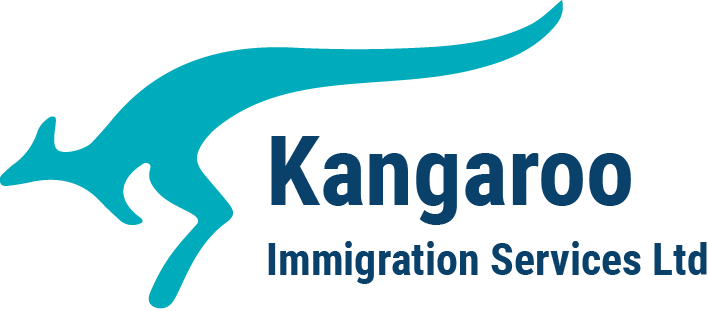Introduction & Facts
Canada’s indigenous, French and British traditions, gives the nation its complex character. However, since this cool, northern country experienced a huge wave of immigration in the years following World War II, in addition to the constant infusion of US culture, a multicultural identity has started to seep through the cracks of the British/French cultural stronghold, and with it, a long and evolving period of economic expansion and prosperity. Furthermore, since 1975, a series of land rights agreements have been signed with Canada’s native people, setting an example for other colonial nations to provide land rights to their indigenous populations.
Situated between the Atlantic and Pacific oceans, Canada is the world’s second largest country after Russia. Nearly 90% of Canadians huddle along the southern border with the USA and much of the rest of the land is lake and river-filled forest, mountains, plains and even a small desert. Canada’s largest city Toronto has become its multicultural capital with more than 100 languages spoken on its streets. It has been estimated that 40% of the population was born abroad and UNESCO has voted Toronto the world’s most diverse city.
About 300,000 immigrants came to Canada in 2017 and since 1947 when Canada enacted its Citizenship Act, almost 56 million people have been granted Canadian citizenship. As a tribute to Canadian citizenship, a ten- day festival Celebrate Canada is held each summer beginning on National Aboriginal Day which is on June 21, and includes Canadian Multiculturalism Day on June 27, and ending on July 1 which is Canada Day.
English and French are the country’s two official languages, though the province of New Brunswick is the only official bilingual area in the country. Quebec City was founded by the French in the early 1600s and became home to about 3000 French settlers. In 1670 the British arrived, and for a while, the two European cultures coexisted peacefully. By the middle of the 18th century the Seven Years’ War erupted, after which, Canada became part of the British Commonwealth. Canada became a self-governing dominion in 1867 while retaining ties to the British crown, but has developed economically and technologically in parallel with the U.S. The French influence over Quebec and other parts of the country can be seen in architecture, music, food and religion. Unfortunately, there is a continuing constitutional impasse between English and French-speaking areas, which has raised the possibility of a split in the federation.
Full country name: Canada
Area: 9,976,000 square km (3.9 million square miles)
Date of Confederation: July 1, 1867
Provinces: Ontario (pop. 13.6 million) – Capital: Toronto (pop. 6.1 million)- as at July 2017
British Columbia (pop. 4.72 million) – Capital: Vancouver (pop. 2.8 million)-as at July 2017
Quebec (pop. 8.2 million) – Capital: Quebec City 531,900 and largest city- Montreal (pop.3.9 million)-as at July 2017
Other provinces: Alberta, Manitoba, New Brunswick, Newfoundland, Nova Scotia, Prince Edward Island, Saskatchewan
Territories: Northwest Territories, Yukon Territory, Nunavut
Population: 36.92 million (as at May 2018)
Capital city: Ottawa (pop: 1.25 million as at May 2018)
People: British descent (28%), French descent (23%), Italian descent (3%), Aboriginal peoples (4%), plus significant minorities of German, Ukrainian, Dutch, Greek, Polish and Chinese descent.
Languages: English, French and 53 native languages
Religion: Catholic (43.6%), Protestant (29.2%), and minorities from most of the world’s major religions
Government: Parliamentary democracy
Prime Minister: Mr. Justin Trudeau since November 2015.
Governor-General: Ms. Julie Payette since October 2017.
Army: Voluntary – The Canadian Forces consists of professional soldiers only from age 17.
Weekend: 2 days -Saturday, Sunday
Currency: Canadian Dollar (Can $), $CAN 1 = $US 0.77 (as at May 2018).
Trading partners: USA, Japan, EU (UK, Germany, Netherlands), China and South Korea
Major Industries: Processed and unprocessed minerals, food products, wood and paper products, transportation equipment, chemicals, fish products, petroleum and natural gas.
